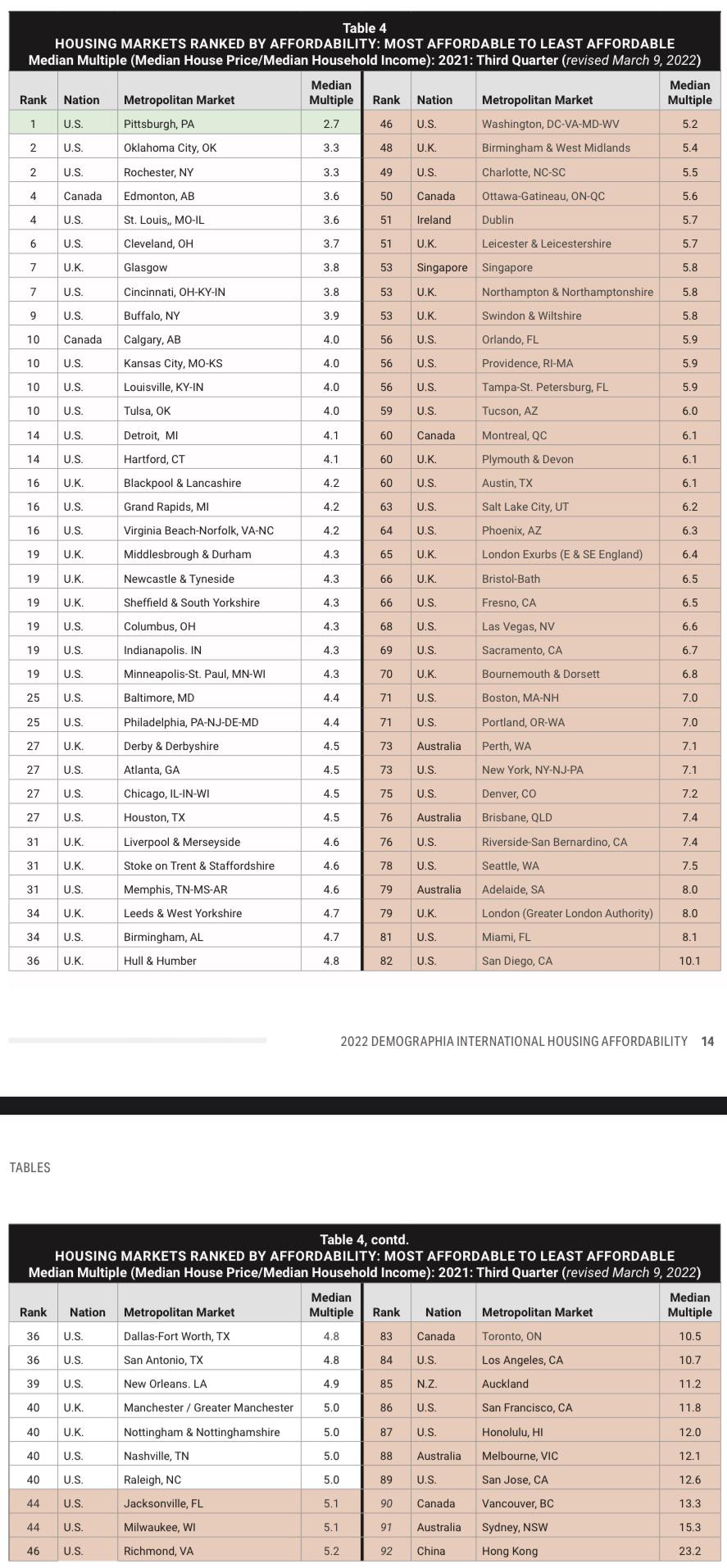Flood Warning In Effect: Essential Safety Measures From The NWS

Table of Contents
Understanding the NWS Flood Warning System
The NWS uses a tiered alert system to communicate the severity of potential flooding. Understanding the differences between these alerts is critical in determining the appropriate response. A Flood Advisory signifies that flooding is possible, while a Flood Watch indicates conditions are favorable for flooding to occur. However, a Flood Warning is the most serious alert; it means flooding is happening or is about to happen, and immediate action is required.
- Flood Watch vs. Flood Warning: A Flood Watch means conditions are right for flooding; a Flood Warning means flooding is occurring or is imminent. The difference is crucial; a watch is a possibility, while a warning is an immediate threat.
- Reliable Information Sources: Stay informed by regularly checking the official NWS website, reputable weather apps (ensure they pull data from official sources), and local news channels for updates. These sources are your best defense against misinformation.
- Knowing Your Risk: Familiarize yourself with your area's flood risk. Check flood maps available online through the FEMA website or your local government. Understanding your risk level allows for better preparation and response.
Preparing for a Flood Warning
Preparation is key to mitigating the impact of a flood. Having a plan in place before a warning is issued can make all the difference. This preparation should include both logistical and personal elements.
- Family Communication Plan: Establish a communication plan outlining meeting points and contact information in case family members are separated during the flood. Consider an out-of-state contact person as a central point of communication.
- Evacuation Routes and Safe Locations: Identify several evacuation routes and pre-determine safe locations – higher ground, a friend's home outside the flood zone, or a designated shelter. Knowing multiple options can be vital if one route becomes impassable.
- Essential Supplies: Gather a kit with essential supplies, including plenty of bottled water, non-perishable food, a first-aid kit, necessary medications, important documents (stored in waterproof bags), flashlights, and batteries.
- Protecting Valuables: Move valuable items, furniture, and electronics to higher ground or to a safe location outside of the potential flood zone.
- Additional Preparedness Steps:
- Create a "go-bag" with essential items for quick evacuation.
- Make arrangements for the care of pets, ensuring they have a safe place to go.
- Fully charge all electronic devices.
- Consider purchasing flood insurance to protect your financial well-being.
Responding to a Flood Warning
When a Flood Warning is issued, immediate action is crucial. Your safety is the top priority.
- Follow Official Instructions: Adhere to instructions from local authorities, emergency services, and the NWS. These are based on the most up-to-date information and are designed to keep you safe.
- Evacuate Immediately: If instructed to evacuate, do so immediately. Do not delay; floodwaters can rise rapidly.
- Avoid Floodwaters: Never drive or walk through floodwaters. The depth and speed of the water can be deceptive, and hidden dangers may lurk beneath the surface. Even a few inches of fast-moving water can knock you off your feet.
- Utility Shut-Off (If Safe): If it's safe to do so, turn off utilities (electricity, gas) to prevent further damage and hazards.
- Potential Dangers: Be aware of potential hazards like downed power lines, debris, and contaminated water. Stay clear of all these hazards.
- Important Actions During a Flood:
- Stay informed about the situation through official channels.
- Seek higher ground as quickly as possible.
- Avoid floodwaters – they are far more dangerous than they appear.
- Report any hazards or injuries to emergency services immediately.
Post-Flood Safety Measures
Even after the floodwaters recede, there are still significant safety considerations.
- Avoid Contaminated Water: Floodwaters often contain dangerous contaminants. Avoid contact with floodwaters until they have been declared safe by officials.
- Structural Assessment: Check your home for structural damage before re-entering. Professional inspection is recommended.
- Insurance Claim: Contact your insurance company to report damages and initiate the claims process as soon as possible. Document everything with photos and videos.
- Waste Disposal: Dispose of damaged items properly. Local authorities will often have specific guidelines for waste removal after a flood.
- Professional Cleanup: Seek professional help for cleaning and restoration. Mold and mildew can grow rapidly in damp conditions.
- Post-Flood Precautions:
- Be vigilant for mold and mildew growth; it can be a serious health hazard.
- Use caution when entering potentially damaged buildings.
- Document all flood damage with detailed photos and videos for insurance purposes.
Conclusion
A timely response to a National Weather Service Flood Warning is essential for protecting lives and minimizing property damage. By understanding the warning system and taking proactive safety measures, you can significantly reduce your risks. Remember, your safety is paramount. Preparing for the possibility of a flood warning isn't just about protecting your property; it's about protecting your family and your community. Stay informed about potential flood warnings in your area. Regularly check the NWS website and your local news for updates and be prepared to take action when a Flood Warning is issued. Understanding and planning for a Flood Warning can save lives and protect your community.

Featured Posts
-
 Andalusian Farmstay Escape Your Peaceful Country Retreat
May 26, 2025
Andalusian Farmstay Escape Your Peaceful Country Retreat
May 26, 2025 -
 New Horror Movie Sinners Filmed In Louisiana Release Date Announced
May 26, 2025
New Horror Movie Sinners Filmed In Louisiana Release Date Announced
May 26, 2025 -
 The Eldorado Disaster A Bbc Broadcasting Legends Role In Its Demise
May 26, 2025
The Eldorado Disaster A Bbc Broadcasting Legends Role In Its Demise
May 26, 2025 -
 Is Affordable Housing Possible Without A Market Crash A Look At Gregor Robertsons Ideas
May 26, 2025
Is Affordable Housing Possible Without A Market Crash A Look At Gregor Robertsons Ideas
May 26, 2025 -
 The Week That Derailed Joe Bidens Post Presidency A Comprehensive Look
May 26, 2025
The Week That Derailed Joe Bidens Post Presidency A Comprehensive Look
May 26, 2025
